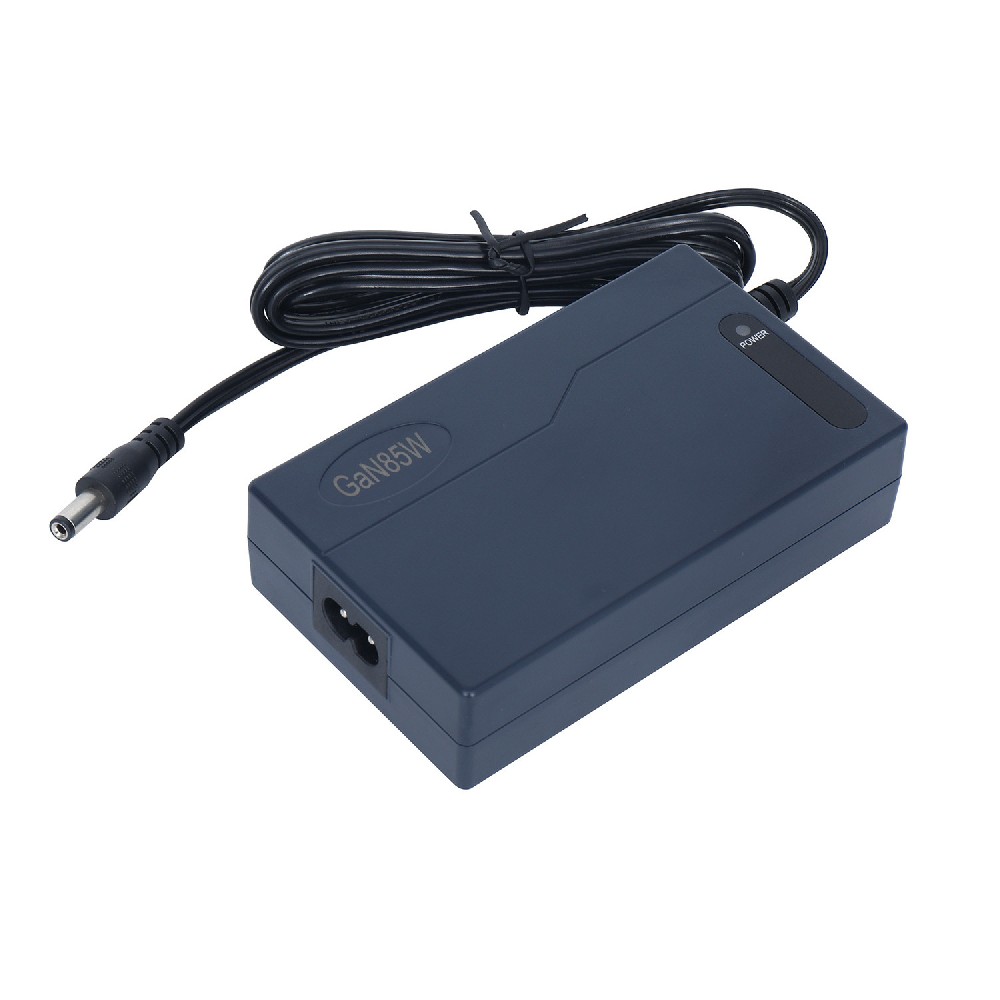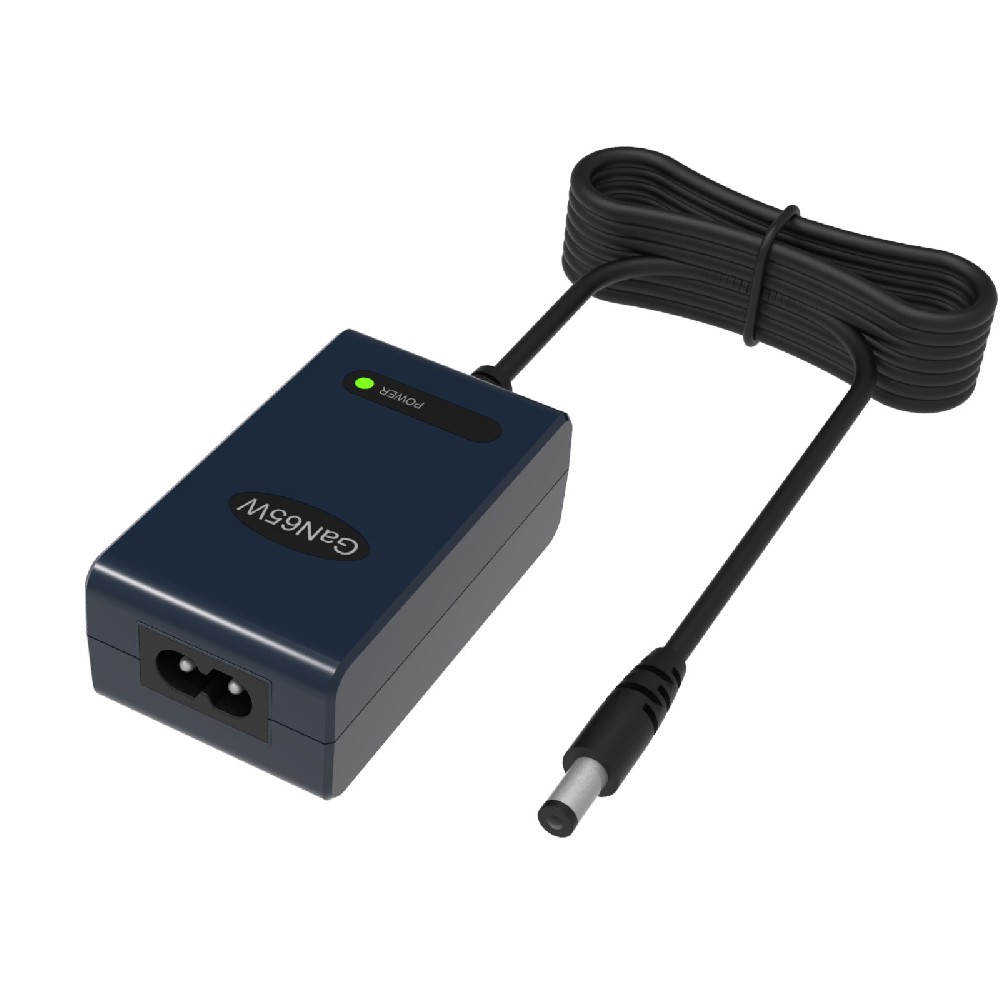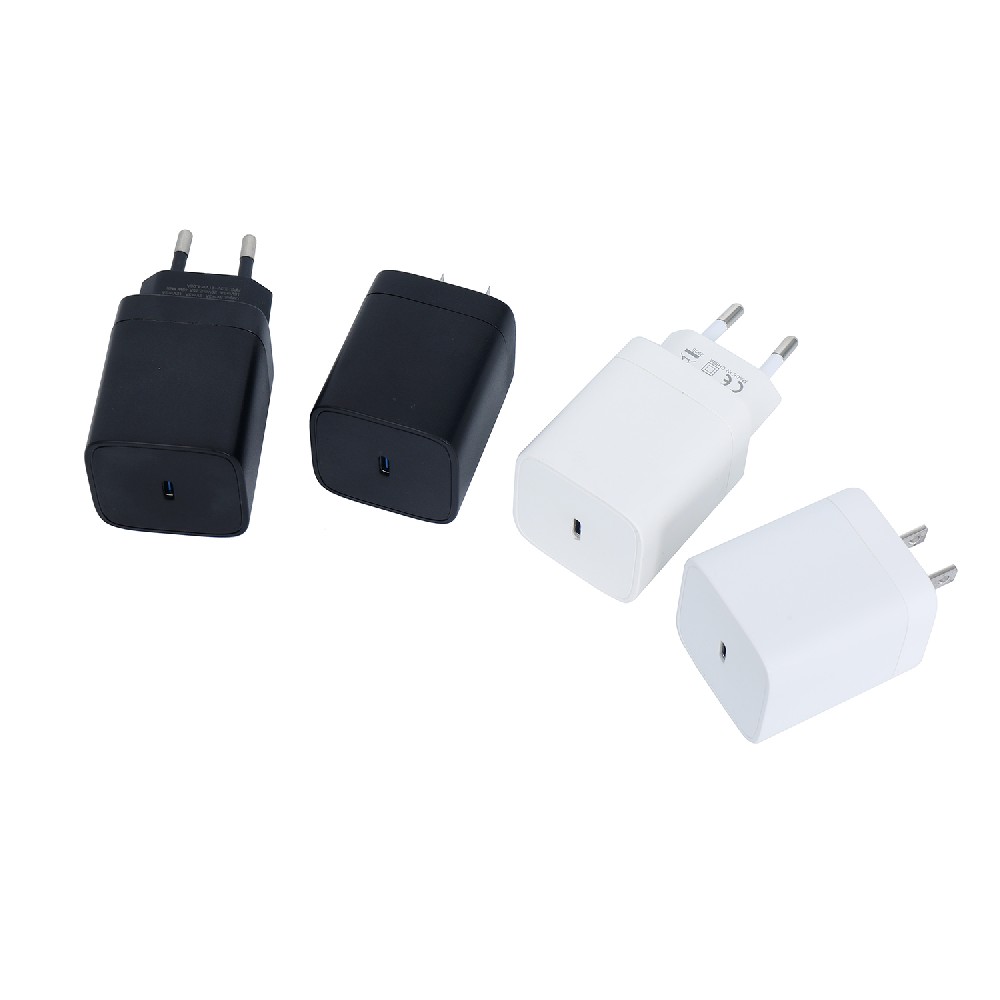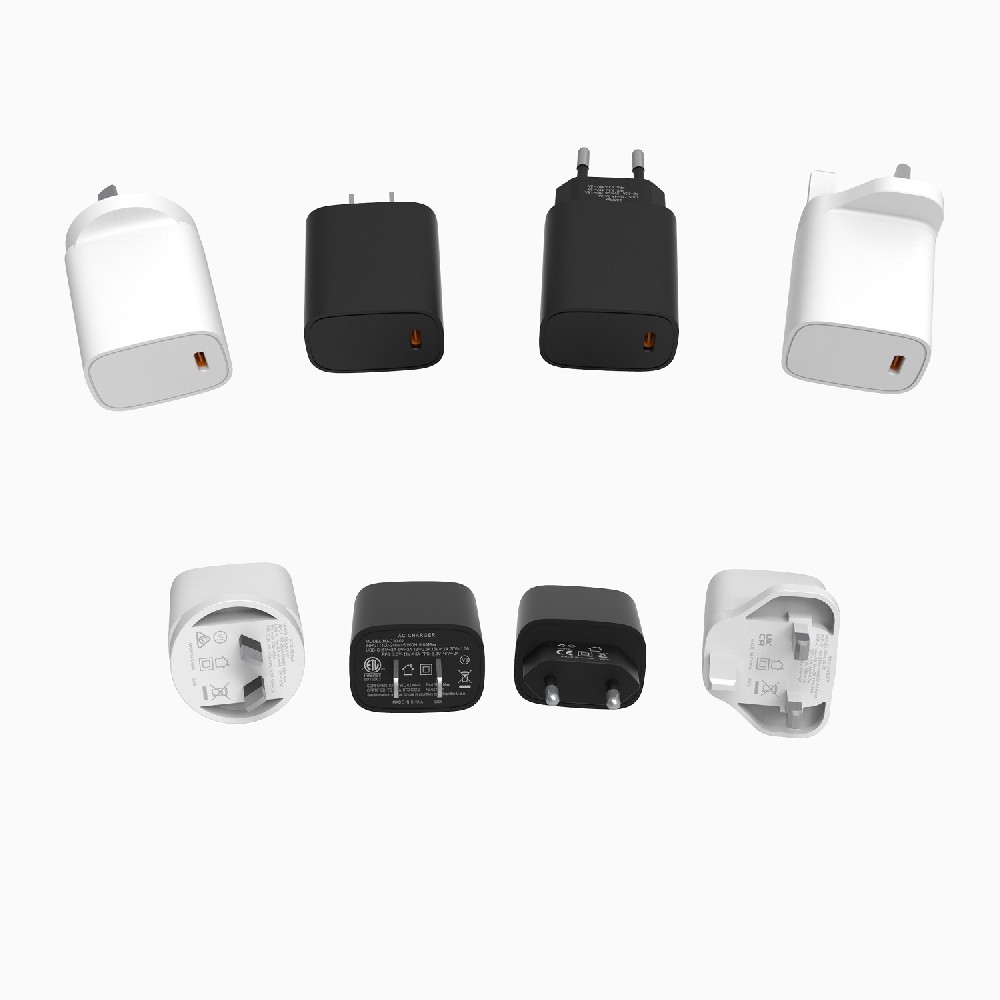Information Center
The Intricate Process of Charging Batteries: Transforming AC to DC with Transformers, Diodes, and Regulators
Published:2023-04-10 16:20:16 Author:Green WCND Views:46Battery chargers have become an integral part of our lives today. With the increase in the use of electronic devices, the need for battery chargers has also increased. Battery chargers work by converting AC (alternating current) to DC (direct current). In this article, we will discuss how battery chargers work and the components that make up a battery charger.

Battery chargers are designed to charge batteries and prepare them for use. In order to charge a battery, a charger must first convert the AC power coming from the wall outlet to DC power. This is done by using a transformer. The transformer changes the high voltage and low current AC power from the wall outlet to low voltage and high current DC power.

The transformer consists of two coils of wire which are wrapped around an iron core. The primary coil receives the AC power from the wall outlet and the secondary coil generates the low voltage DC power. The voltage level of the DC power generated depends on the number of turns in the two coils. The greater the number of turns in the secondary coil, the lower the voltage.
Once the AC power is converted to low voltage DC power, a diode bridge rectifier is used to convert the AC power to DC power. The diode bridge is a network of four diodes that direct the flow of current in one direction. This conversion of AC to DC power is important because electronic devices require DC power to operate.
The next component in a battery charger is the voltage regulator. The voltage regulator ensures that the voltage level of the DC power output remains constant, regardless of any changes in the input voltage or current. The voltage regulator also prevents overcharging of the battery by limiting the amount of current that flows from the charger to the battery.
The final component in a battery charger is the battery itself. The battery is connected to the output of the voltage regulator and it starts to charge once the charger is switched on. Once the battery is fully charged, the charger will stop charging and the battery will not receive any more power.
There are different types of battery chargers available on the market, each designed for specific types of batteries. For example, lithium-ion battery chargers are designed to charge lithium-ion batteries, while lead-acid battery chargers are designed to charge lead-acid batteries.
In conclusion, battery chargers work by converting AC power to DC power using a transformer and a diode bridge rectifier. The voltage regulator ensures that the voltage level of the DC power output remains constant, while the battery itself is connected to the output of the voltage regulator and starts to charge once the charger is switched on. Understanding how battery chargers work is important when selecting a charger for your electronic device to ensure it is charged correctly and safely.
IntroductionGolf carts serve as vital transportation tools on golf courses, and their performance and reliability are crucial for enhancing player experience an···
The battery pack is the heart of a golf cart, silently powering every acceleration and climb on the green. However, battery degradation often goes unnoticed, mu···
The battery pack is the heart of a golf cart’s power system, yet maintaining it has long been a challenge for technicians. Traditional troubleshooting methods—···
For golf course managers, ensuring smooth and efficient operations is crucial for providing a memorable experience for golfers and maintaining the reputation of···





